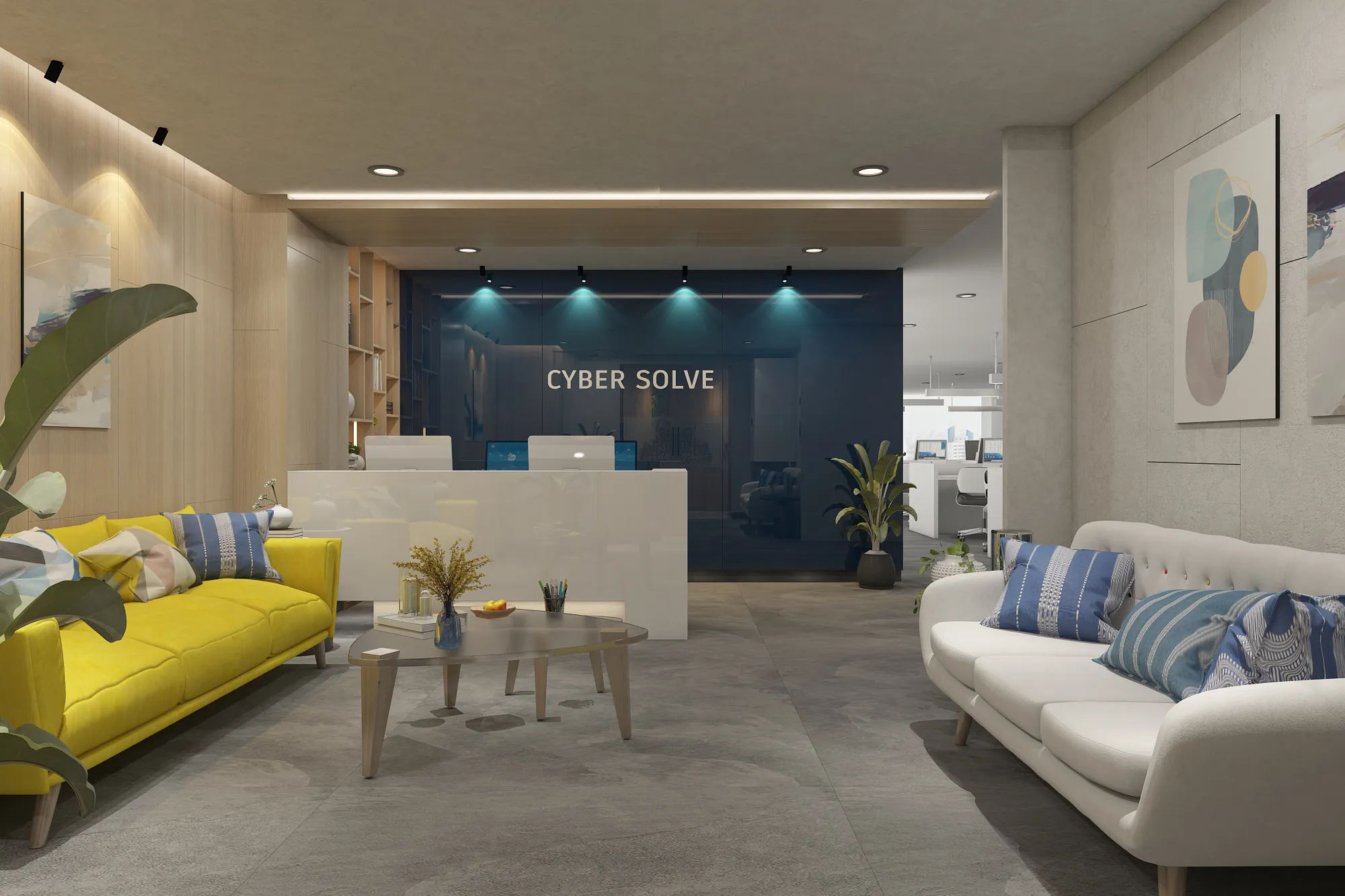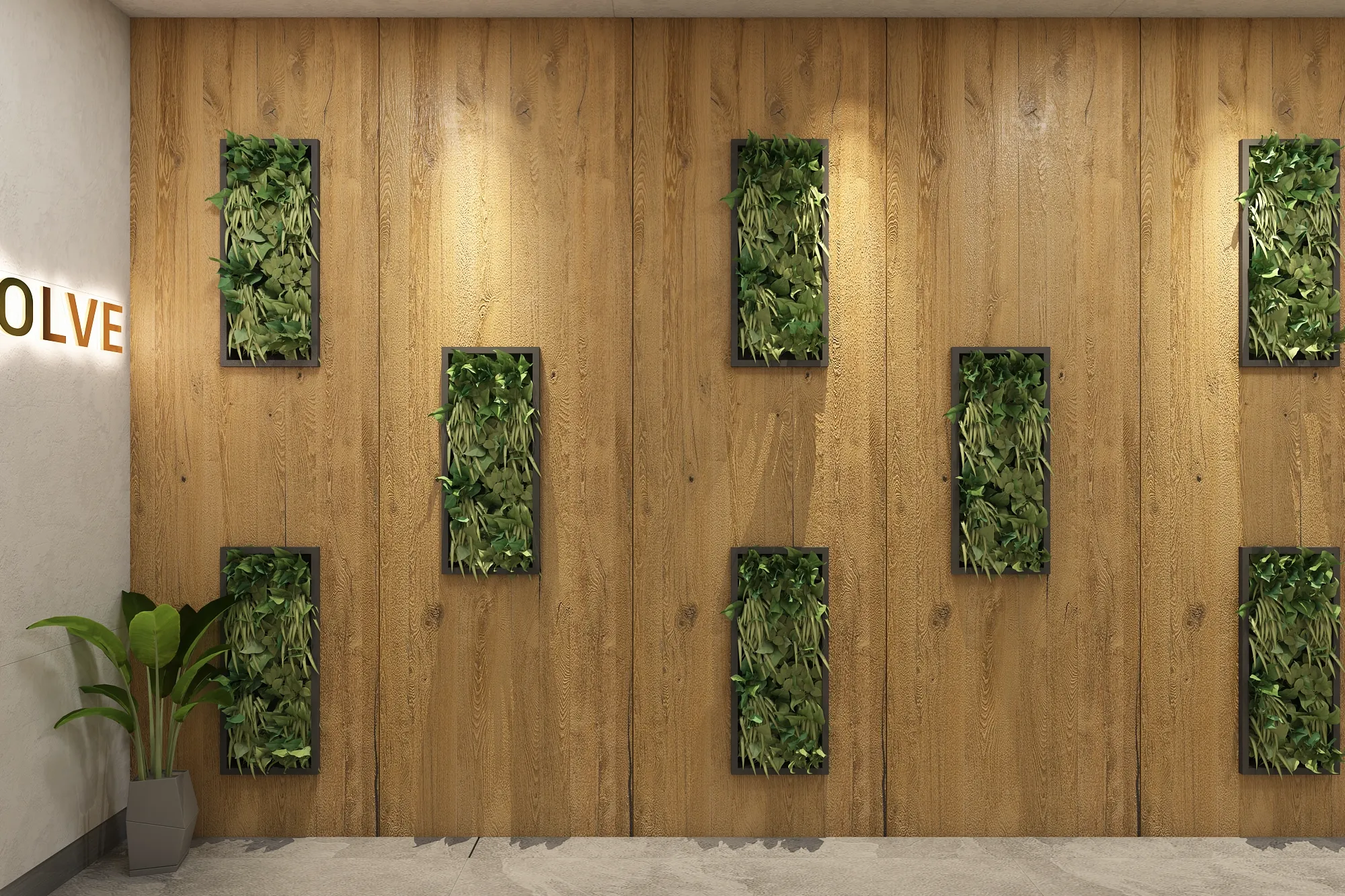Commercial interiors design
Designing commercial interiors involves creating functional, visually appealing spaces that meet the needs of businesses and their clientele. Here's an overview of the process:
Client Consultation:
Understand the client's business objectives, brand identity, budget, and any specific requirements for the space.
Programming:
Gather information about the functional requirements of the space, including the number of employees, workflow, storage needs, and any special equipment or technology requirements.
Space Planning:
Develop a layout that optimizes the use of space, promotes efficient workflow, and accommodates the needs of employees and visitors. Consider zoning for different activities and areas within the space.
Concept Development:
Create a design concept that reflects the client's brand identity, values, and aesthetic preferences. This may involve selecting a color scheme, materials, furniture styles, and overall design theme.
Furniture and Fixtures Selection:
Choose furniture, fixtures, and equipment (FF&E) that are functional, durable, and aligned with the design concept. Consider factors such as ergonomics, comfort, and maintenance requirements.
Lighting Design:
Plan lighting solutions that enhance the functionality, mood, and visual appeal of the space. This may include a combination of ambient lighting, task lighting, accent lighting, and natural light.
Material Selection and Finishes:
Select materials, finishes, and textures that are suitable for commercial environments and contribute to the desired aesthetic. Consider factors such as durability, maintenance, acoustics, and sustainability.
Branding and Graphics:
Integrate branding elements such as logos, signage, and graphics into the design to reinforce the client's brand identity and create a cohesive visual identity throughout the space.
Accessibility and Compliance:
Ensure that the design complies with building codes, accessibility standards, and regulations related to safety, fire protection, and environmental sustainability.
Technology Integration:
Incorporate technology solutions such as audiovisual systems, telecommunications, and IT infrastructure to support the client's business operations and enhance the user experience.
Environmental Considerations:
Incorporate sustainable design principles and practices to minimize environmental impact and promote occupant health and well-being.
Coordination and Installation: Coordinate with contractors, vendors, and other stakeholders to ensure that designs are implemented accurately and on schedule. Oversee the installation process to ensure quality control and adherence to design specifications.








